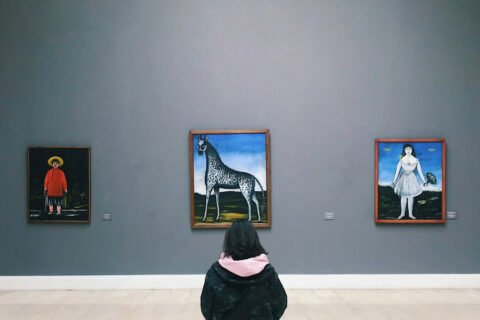And while my personal taste (tackled last time!) leans towards the historic, consumer behaviour also suggests a broader predilection towards heritage and the perceived authenticity it affords, even when that heritage isn’t attached to a superior aesthetic. In fact, public preferences often lean towards traditional or seemingly “worse” designs, so long as they’re backed by an appropriate connection to nostalgia. One notable example is the recent rebrand of Bahlsen, a renowned German biscuit manufacturer. In 2021, Bahlsen’s redesign was acclaimed by the design community for its clean, bold modernity (even winning them a D&AD award). Nonetheless, the rebrand resulted in a 12% drop in sales the following year. This decline was attributed to a variety of factors: low on-shelf recognition, reduced emotional resonance, and smaller, less appetising photos than the original, “dated” packaging. In other words, even if the branding was good, it didn’t feel right.
The emotional connection we have with packaging, compared to other forms of commercial art like posters or magazines, seems to run deep. I think this is because packaging is the set dressing of daily life; it’s the diaper box seen in the corner of a baby photo, the perfume vial on your older sister’s dresser, or the expired ketchup bottle lingering in the back of your parent’s fridge. Like Proust’s Madeleine, these branded items, often unnoticed in the moment, become imbued with nostalgia in retrospect, evoking profound feelings of comfort and recognition upon sight. This emotional potency makes packaging a powerful tool for brands. By maintaining or reverting to heritage designs, brands can tap into a reservoir of collective subconscious, triggering involuntary memories that foster a profound emotional connection. Nostalgia doesn’t just evoke fond memories either: it also creates a sense of trust and safety, as evidenced in the sharp increase in nostalgic content during the height of the pandemic.





